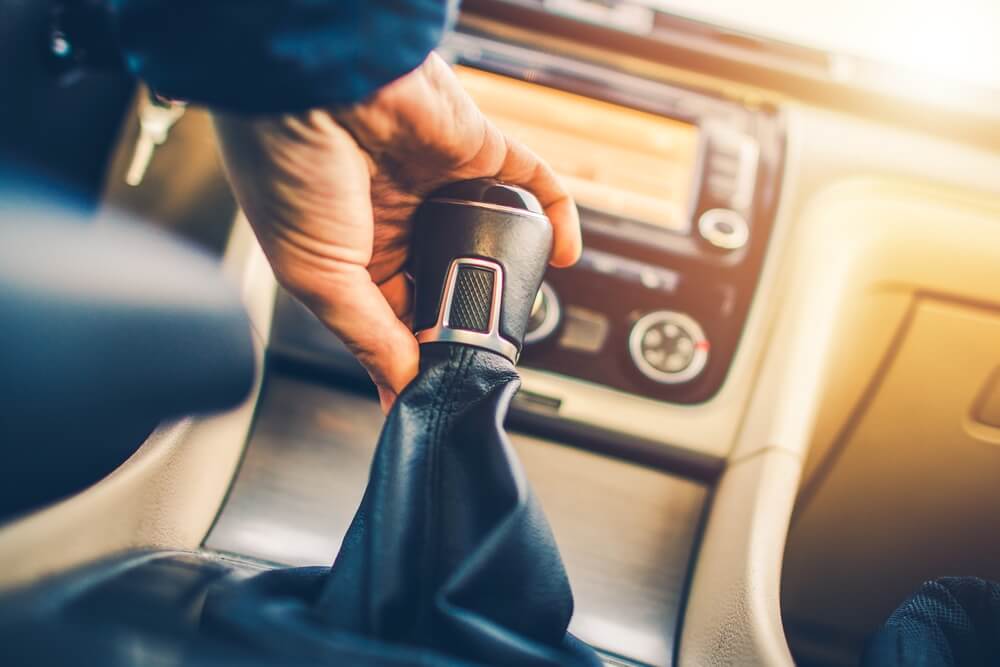Hypermiling is a technique used to help increase fuel efficiency, but to the maximum. Rising in popularity at the turn of the millennium, amidst fuel price protests in 2000 and the fuel price escalator tax rise from 1993 to 1999, hypermiling is often done without realising – although some take it to the extreme.
But what actually is hypermiling, and how can you apply it to your driving?
What is Hypermiling?
Hypermiling is essentially a fancy way of saying that you drive in a fuel-efficient manner. It involves everything from choosing cheaper petrol, consistently keeping tyre pressure at the optimum level, and driving smoothly.
There are forums for hypermilers, and people take pride in their high MPGs, displaying them as a badge of honour. They’ll discuss their best stats of the week, even accounting for the wind, head, tail or cross, and how this affected their MPG. Some even add in the outdoor temperature and discuss how the intricacies of the trip affected their MPG.
It can become all-consuming, so not many people partake in it to this extreme, but for those that do, it can be greatly satisfying to hit a new personal best of MPG.
Is Hypermiling Bad for Your Car?
No, not if you are responsible with it. If anything, hypermiling helps you to look after your car more. If you take hypermiling to the extreme, then you may run into trouble. Extreme hypermilers have been known to turn their cars off, called Forced Auto Stop (FAS), to ‘glide’ down the road, saving as much petrol as possible. This, coupled with coasting and slipstreaming, puts hypermilers at risk. Having said this, they are often very attentive to the road conditions in order to best optimise the car for their driving style.
Driving with fuel efficiency in mind will not harm your car, and instead should help you consider how your car works and how driving it in a certain way can save you money.
How to Put Hypermiling into Practice (Easily)
Many people already do some of these techniques, but some may be completely new to you. We’ve created a list of ways that you can improve fuel efficiency and hypermile in your daily life.
Mechanical Hypermiling
- Regularly service your car. Skipping a service could leave problems to unintentionally cause issues that could lower your fuel economy.
- Don’t use air conditioning unless you have to. Keeping your air conditioning on is a drain on the engine’s resources.
- Inflate your tyres correctly. Incorrectly inflated tyres can cause a considerable drop in MPG performance. And remember to adjust your tyre pressure if you are carrying more weight than normal, such as for a holiday trip or similar.
- Choose a green tyre. A green or A-rated tyre can save you up to £200 a year if you drive up to 20,000 miles. Only replace them if they need it. There’s no point splashing out for new tyres if you can help it!
- Ensure you have a clean air filter. Dirty air filters will cause your car to work harder and therefore decrease fuel efficiency.
Fuel Efficiency
- Compare the price of petrol. This may seem like a pedantic thing to do, but for those who commute to work, cheaper petrol may be at your workplace or in your hometown. It’s always worth checking, as over the year you could save up to £200.
- Make one round trip rather than lots of little ones. If you regularly do errands over one day rather than in one go, try doing them altogether instead. This will make sure you keep the engine warm which, in turn, reduces the amount of fuel needed to warm the engine up.
- Use loyalty schemes. From the big brands, like Shell and BP, to supermarket-own brands, loyalty schemes offer many price saving options for filling up.
- Reduce the weight in your car. Every 50kg increase in your car weight increases the fuel consumption by 2%. Unless you need all the items in your car, keep your car as clean and empty as possible. This also goes for roof bars; they add up to 10% on your fuel consumption if you drive with them empty.
- Fill up for where you live. If you mainly drive in urban and city centre settings, fill your tank halfway. If you live in rural areas, then fill up the tank full. This reduces the weight you’re driving with.
Drive with Hypermiling in Mind
- Think about your speed. The widely accepted most fuel-efficient speed is 55/56mph. Where possible, stay constant at this speed for optimum fuel efficiency.
- Keep your car moving. Lots of stopping and starting strains the engine, and a car that has momentum is best for fuel efficiency.
- Change gear well in time. Essentially, you should drive in the lowest speed in the highest gear to reduce engine RPM. You should also use the road ahead to plan for what gear you need.
- Reduce the number of times you touch the brake pedal. DWB, Driving Without Brakes, is a common technique used by hypermilers to prevent a reduction in momentum. Slamming on the brakes causes both an increase in wear and also increases the amount of momentum needed to get the car going again.
- Use motorways and A roads where possible. Motorways are designed, unless there’s congestion, for driving at speed. They are often flatter and smoother to drive on than back roads.
Are you looking for specialist car insurance that is competitive?
If you’re a serious hypermiler, or someone who drives for fun, then Keith Michaels can source competitive car insurance for you and your car. Get a quote today.


